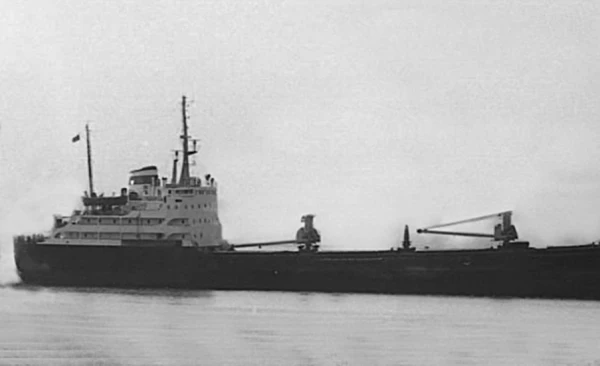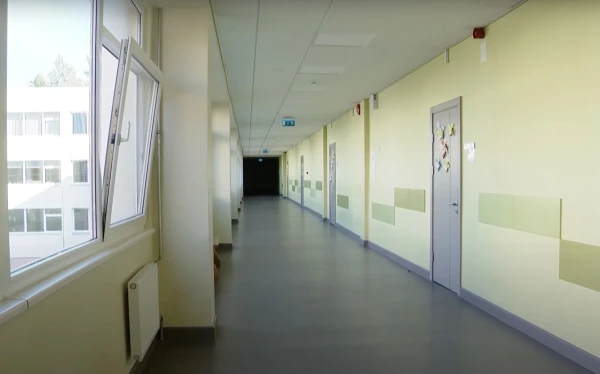
A large-scale experiment on the development of NATO military technologies, held in Latvia since the end of October, has concluded. It is called "NATO's Digital Backbone." A unified system was created that integrated data transmission systems developed in different countries, drones, anti-drone devices, and other rapidly evolving military solutions. On the final day of the experiment in Adazi, results were summarized and equipment was demonstrated, reports TV3 News.
Dozens of experts from various countries gathered at a military base in Adazi to participate in a NATO research experiment on new technologies.
For example, an interceptor drone produced in Latvia and also tested in Ukraine is capable of ascending to an altitude of up to three kilometers and destroying much larger drones. One of its compartments contains a warhead that detonates upon contact with a larger drone.
From October 27 to Friday, flights and tests of unmanned aerial vehicles of various sizes and purposes took place in Latvia, including interception, shooting down, and capturing drones. This year, particular attention in the experiment was paid to the use of unmanned systems in complex operational environments, as well as the application of artificial intelligence for target recognition and situational assessment.
The large "drum" is NTN, short for Non-Terrestrial Network. It can be attached to aircraft, drones, and balloons. Ascending high into the sky, it allows devices to connect via satellites in a 5G network rather than just through ground towers.
"One of the major problems observed in Ukraine is the short lifespan of base stations: yesterday it was there, and today it’s gone. Sometimes they have to be restored twice a day because they are destroyed. And if you are high in the sky, it is harder to destroy such a station. We have a plan to reach the stratosphere with powerful drones," said Laurent Pero, a representative of Abside Networks.
The stratosphere is located at an altitude of 10 to 50 kilometers above the Earth, and even at such heights, a flying 5G network station can be placed to provide communication for soldiers on the ground. The main task of this experiment was to combine various electronic systems into a single, smoothly functioning structure.
"Weather conditions have become a real challenge! Fog, rain — some technologies are designed to move, and rainwater runs off them. But if they are installed on a tripod, that creates problems. This was the essence of the exercises — to test the equipment in real conditions, as it is usually found, for example, in laboratories," clarified NATO DiBaX program director Warren Lowe.
"NATO's digital backbone," or DiBaX, is not only a technological experiment but also a confirmation that Latvia is capable of being at the forefront of NATO's digital transformation, emphasize the organizers of the experiment.












